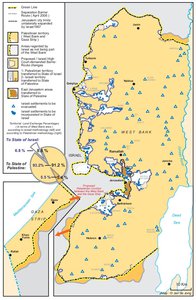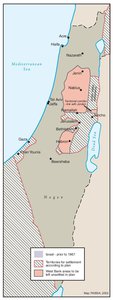THE ALLON PLAN, JUNE 1967
Map Details
As the 1967 War drew to a close, Israel’s ‘unity government’ and its military strategists were forced to formulate an approach to the control of their vast new conquests. Early on it was held that the Sinai and Golan Heights might be eventually returned in exchange for treaties with Egypt and Syria. Israel, in contrast to near unanimous world opinion, did not, however, recognize Jordanian or Egyptian rights over the West Bank or Gaza Strip, claiming to have ‘liberated’ these areas from ‘illegal occupation’. But the demographic aspect of absorbing the indigenous Palestinian population into the Jewish State ruled out annexing these areas outright to Israel. In contrast, the conquest of Jerusalem was instantly deemed irreversible and, by 28 June, the Knesset had amended its laws and placed the entire city and expanded municipal area under Israeli sovereignty, later annexing the 70-km2 area. Here the demographic problem was considered a price worth paying, though subsequent Israeli policy would aim at ridding Jerusalem of its Palestinian population. Thus, in the days following the Israeli occupation, frantic and often conflicting plans for the future of the occupied territories were drawn up in each of these areas: Jerusalem; the Golan; Sinai; the Gaza Strip; and the West Bank. While no single plan was ever officially sanctioned, the Allon Plan, drawn up by Labor Minister Yigal Allon, was the scheme most acceptable to the military and was the first to be presented before the cabinet - in late July, barely six weeks after the cease-fire. In deference to the government’s early aim of preserving its territorial options in the Sinai and Golan, the Allon Plan initially focused on the occupied Palestinian territories (OPT). Inevitably, the plan evolved and expanded according to the divergent views and levels of influence of other cabinet figures, but was nonetheless to remain Israel’s loose master plan for the OPT for nearly a decade. Once the decision to retain control over the OPT had been made, the systematic installation of civilian and military colonies on Palestinian land as a means of developing and reinforcing that control commenced. The Allon Plan provided the initial boundaries and priorities for this settlement drive. Allon, with his assistant Dani Agmon, planned a broad corridor of paramilitary and civilian sites along the Jordan Valley, to run down the western shore of the Dead Sea in an even broader belt, reaching west to Hebron. This created a settled strip from the Israeli town of Arad (in the northeastern Negev), north to Beit Shean (Beisan) in Israel’s southern Galilee. The corridor between Israel’s coastal plain and unilaterally annexed Jerusalem was broadened extensively, creating a wide settlement zone between Ramallah and Bethlehem. Allon tentatively planned for Gaza’s refugees – ca. 75% of the Gaza population - to be transferred to the two militarily administered cantons created on the West Bank, followed by the annexation and settlement of the Gaza Strip, though this never eventuated. By remaining unofficial and vaguely worded, the Allon Plan bridged the gap between the government’s need to appear moderate to the international community and its desire to maintain the option of ‘stretching’ settlement boundaries in the future. Indeed, only weeks after the initial plan, Allon submitted a supplementary plan for extensive settlement in the Golan. Some months later, Allon amended his plan to include a corridor linking Ramallah with Jordan and a ‘highway’ connecting the north and south Palestinian cantons from Bethlehem to Ramallah. Meanwhile, Defense Minister Moshe Dayan’s separate proposal for military installations along the mountain ridges within the envisioned Palestinian cantons was also incorporated in the plan. By 1971, settlements were also being built in the Sinai Peninsula, as the Allon Plan was stretched yet further. In 1976, Prime Minister Rabin and Defense Minister Peres eventually made the decision to break with Allon’s settlement ‘lines’ and pursue settlement deep in the northern canton (i.e., in the Ramallah, Salfit and Qalqilya areas). By then, the rise of ideological messianic settlement bodies and extensive unauthorized settlement activity throughout the OPT had made strict adherence to the Allon Plan a political liability, if not an impossibility. The Allon Plan’s erosion - not least at the hands of its author, who had headed the Inter- Ministerial Settlement Committee - was confirmed by Rabin, but its guiding principles were only finally cast off with the 1977 Likud victory. The Likud came to power having adopted a pro-settlement platform highly critical of the Allon Plan limitations and having pledged their support for the initiation of unfettered settlement programs throughout the OPT. Prime Minister Begin appointed Agriculture Minister Ariel Sharon head of ‘Allon’s’ Settlement Committee.
Related Maps
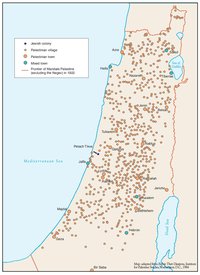
OTTOMAN PALESTINE, 1878
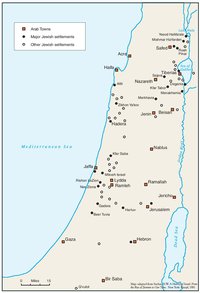
ARAB TOWNS AND JEWISH SETTLEMENTS IN PALESTINE, 1881-1914
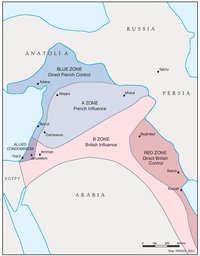
THE SYKES-PICOT AGREEMENT, 1916
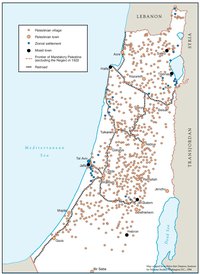
THE BEGINNING OF THE BRITISH MANDATE, 1920
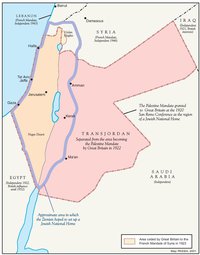
PALESTINE UNDER THE BRITISH MANDATE
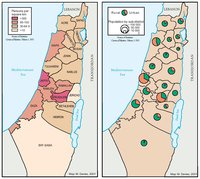
THE DEMOGRAPHY OF PALESTINE, 1931
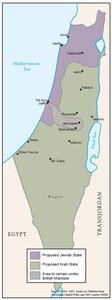
THE PEEL COMMISSION PARTITION PROPOSAL, 1937
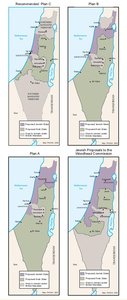
THE WOODHEAD COMMISSION PARTITION PROPOSALS, 1938
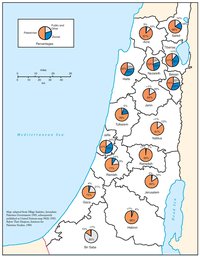
PALESTINIAN AND ZIONIST LANDOWNERSHIP BY SUB-DISTRICT, 1945
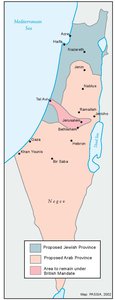
THE MORRISON-GRADY PARTITIONED TRUSTEESHIP PLAN, 1946
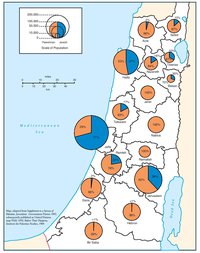
POPULATION OF PALESTINE BY SUB-DISTRICT, 1946
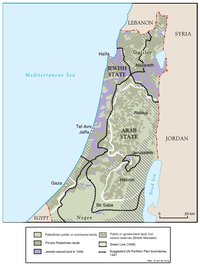
LAND OWNERSHIP IN PALESTINE, 1948
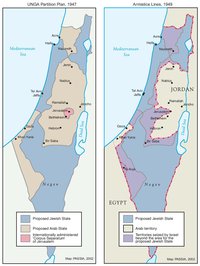
THE UNGA PARTITION PLAN, 1947 – THE 1948 WAR & THE 1949 ARMISTICE LINES
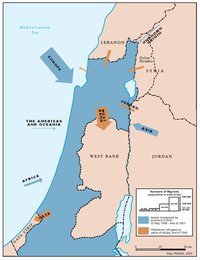
POPULATION MOVEMENTS, 1948-1951
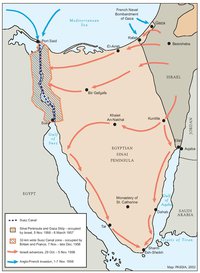
THE SUEZ WAR, 1956
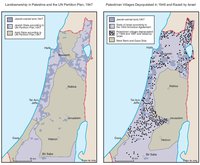
LAND OWNERSHIP IN PALESTINE AND THE UN PARTITION PLAN - PALESTINIAN DEPOPULATED AND DESTROYED VILLAGES, 1948-1949
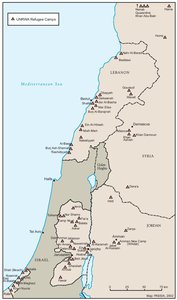
THE PALESTINIAN DIASPORA, 1958
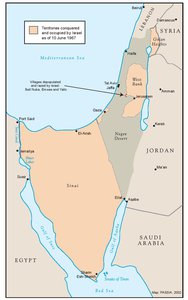
THE NEAR EAST AFTER THE JUNE 1967 WAR
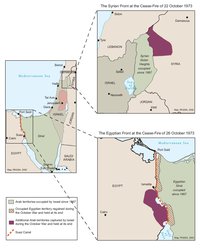
THE OCTOBER WAR, 1973
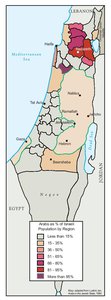
THE PALESTINIANS INSIDE ISRAEL, 1977
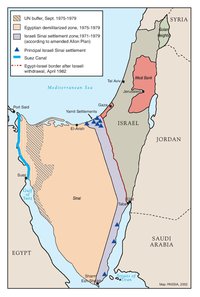
THE CAMP DAVID ACCORDS, 1978-1979
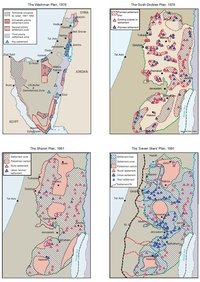
ISRAELI SETTLEMENT MASTER PLANS, 1976-1991
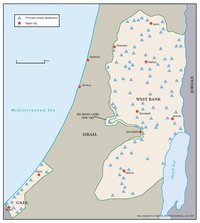
THE 1991 MADRID PEACE CONFERENCE & ISRAELI SETTLEMENTS
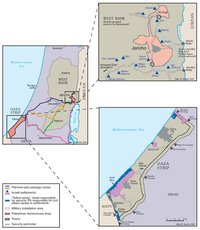
GAZA-JERICHO (OSLO I) AGREEMENT, CAIRO, 4 MAY 1994
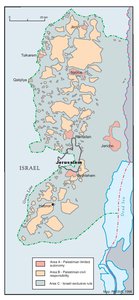
INTERIM (OSLO II) AGREEMENT, TABA, 28 SEPTEMBER 1995
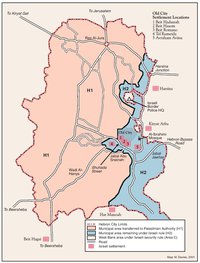
HEBRON PROTOCOL, 15 JANUARY 1997
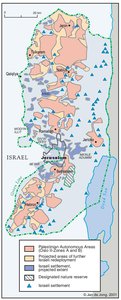
WYE RIVER MEMORANDUM, 23 OCTOBER 1998
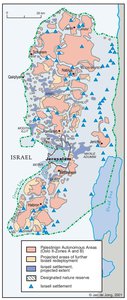
SHARM ESH-SHEIKH AGREEMENT, 4 SEPTEMBER 1999
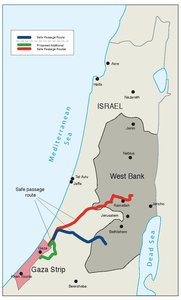
PROTOCOL CONCERNING SAFE PASSAGE BETWEEN THE WEST BANK AND THE GAZA STRIP, 5 OCTOBER 1999
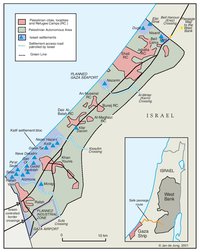
GAZA, 2000
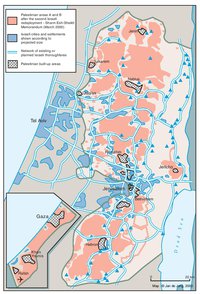
WEST BANK AND GAZA STRIP, MARCH 2000
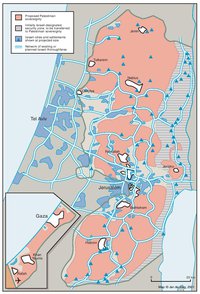
CAMP DAVID PROJECTION, JULY 2000
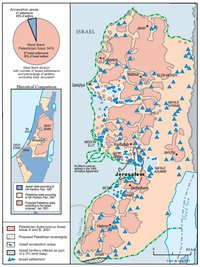
TABA TALKS PROJECTION, JANUARY 2001
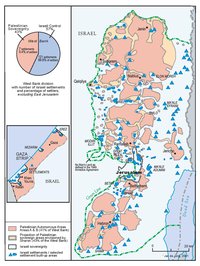
THE SHARON PROPOSAL, SPRING 2001
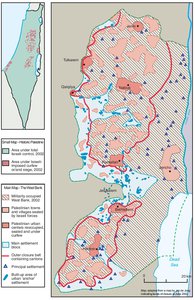
THE REINVASION OF THE PALESTINIAN TERRITORIES, 2001-2002
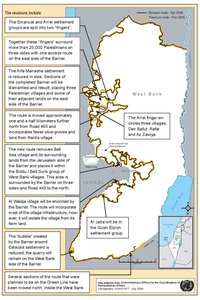
THE ROAD MAP, 2003
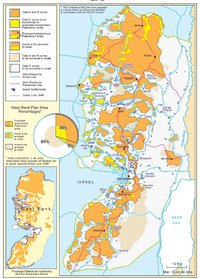
THE GENEVA INITIATIVE AND ACCORD, 2003
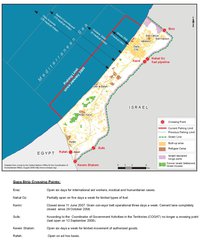
THE ISRAELI DISENGAGEMENT PLAN, 2003-2005
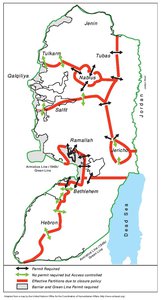
AGREED DOCUMENTS ON MOVEMENT AND ACCESS FROM AND TO GAZA, 2005
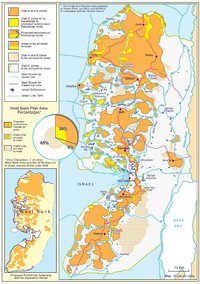
THE SETTLERS' PLAN FOR PALESTINIAN AUTONOMY, 2006
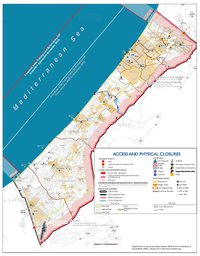
THE GAZA STRIP TODAY (2014)
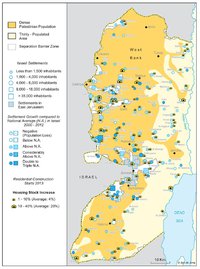
THE WEST BANK TODAY (2014)
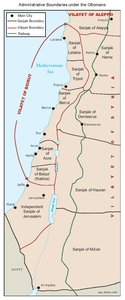
ADMINISTRATIVE BOUNDARIES
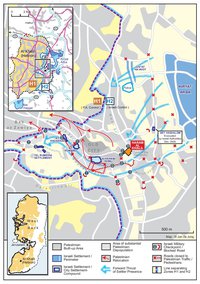
HEBRON
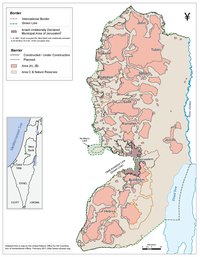
Area C
